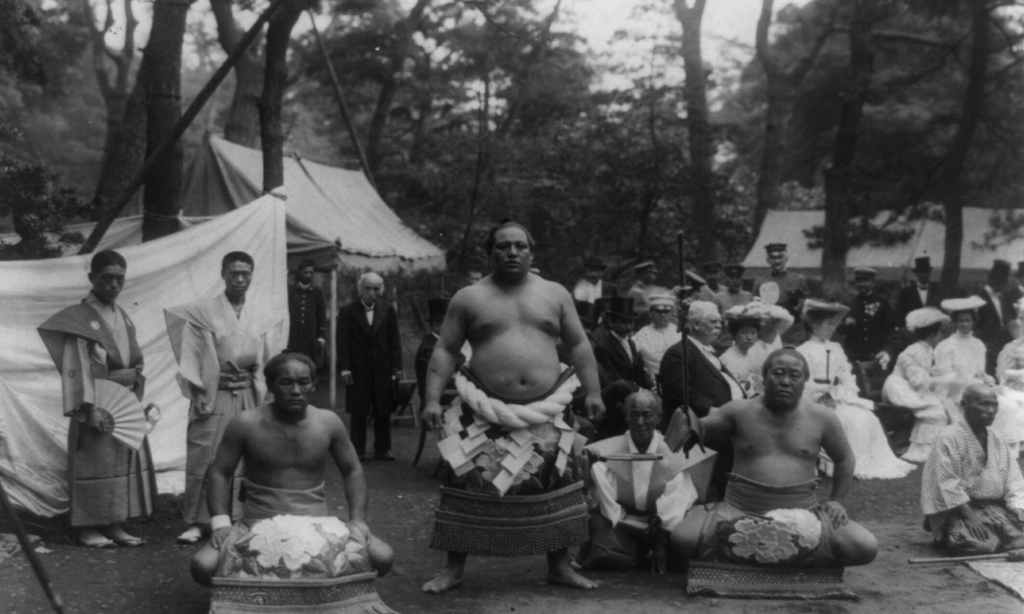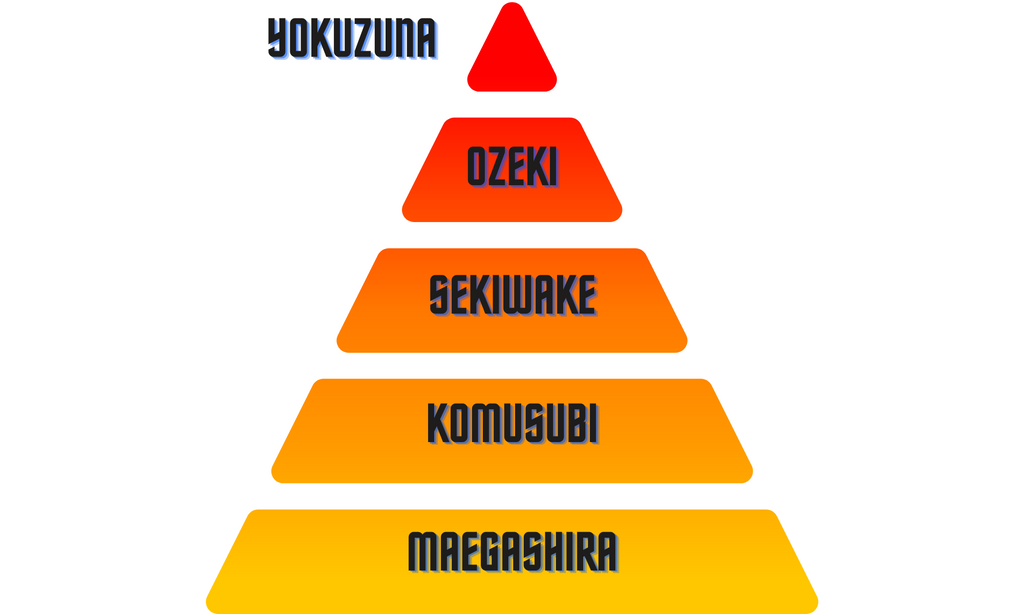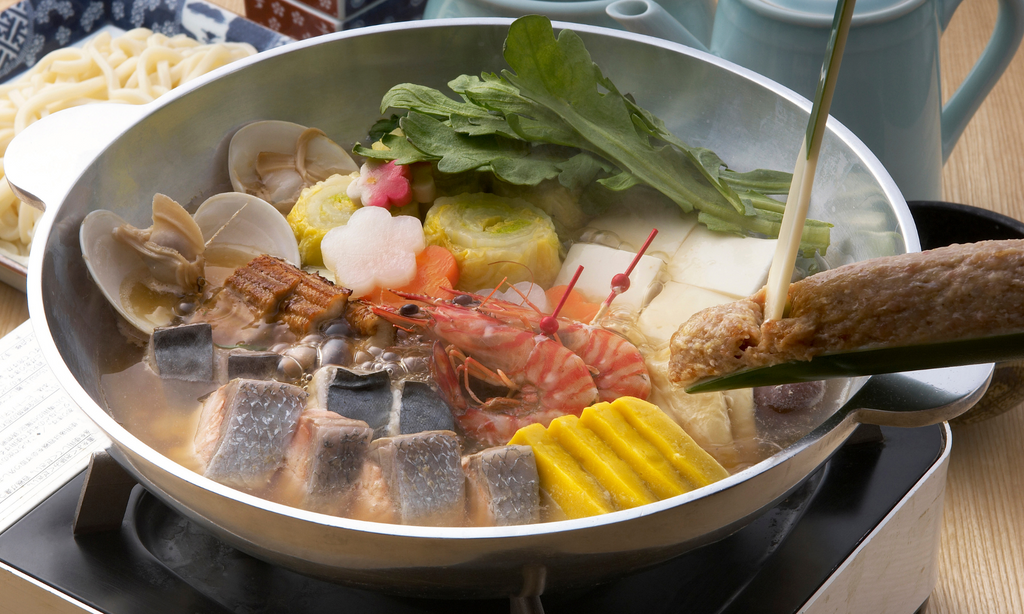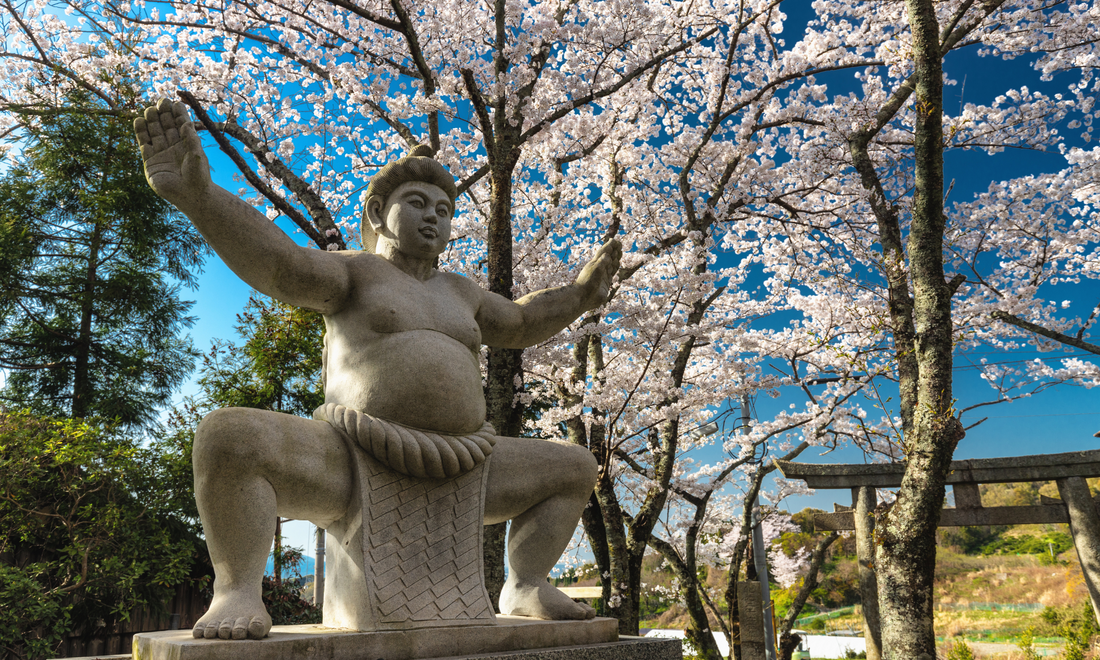Sumo, a sport steeped in tradition and history, has captivated audiences in Japan for centuries. Dating back to ancient times, sumo has evolved into a national spectacle that combines athleticism, ritual, and cultural significance. But where did it come from? What do sumo wrestlers do in their day to day life? Join us as we take a closer look at the world of sumo.

From Ritual to the Ring
In its earliest stages, sumo was a sacred practice, interwoven with religious ceremonies and rites. These early rituals were believed to appease the gods and ensure bountiful harvests, fostering a connection between sumo and the divine. Over the centuries, these rituals evolved into a distinct sport, captivating the hearts and minds of the Japanese people.

As Japan underwent periods of transformation, sumo mirrored these societal shifts. The sport began to gain popularity during the Edo period (1603-1868), finding its way into the mainstream as a form of entertainment for the masses. By the time the Meiji era (1868-1912) dawned, sumo had established itself as a cornerstone of Japanese culture, transcending its religious origins to become a symbol of national pride and identity.
Basho: The Grand Tournament
The Grand Sumo tournaments, or "basho," stand as contemporary showcases of this rich history, occurring six times a year across major cities in Japan. Tokyo hosts three tournaments a year in the impressive Ryogoku Kokugikan National Sumo Arena, while Osaka, Nagoya, and Fukuoka each host one tournament.
During each basho sumo wrestlers, or "rikishi," engage in fifteen days of intense competition. The tournaments follow a round-robin format, with wrestlers facing off in daily bouts. The goal is simple: force your opponent out of the ring or make any part of their body, other than the soles of their feet, touch the ground. There are over 80 recognized techniques to win a match, known as kimarite. These can range from simply forcing your opponent out of the ring, tripping your opponent, and even just picking them up and setting them outside of the ring.

Sumo is divided into various ranks, with the main focus being on the top forty-two wrestlers, known as the Makuuchi. This group is further broken down into 5 groups, the Okuzuna, Ozeki, Sekiwake, Komusubi, and Maegashira. Generally speaking, Rikishi improve their rank by winning a majority of their bouts in tournaments. However, to achieve the highest rank of Yokuzuna, a rikishi already at the impressively rare Ozeki rank must win two major tournaments in a row. As of writing (March 2024) there is only one active Yokuzuna, Terunofuji.
Life as a Rikishi
Sumo is, in many ways, more of a lifestyle than many other modern sports.Training for rikishi is intense and demanding. They adhere to a strict regimen that includes daily practice sessions, weight training, and flexibility exercises.
Aspiring wrestlers, many of whom train from early childhood, typically move into Sumo stables, where rikishi live and train together. Sumo stables operate under a hierarchical structure, with the stable master at the top. Senior rikishi hold authority over their junior counterparts, creating a mentorship system that fosters discipline and respect. Younger wrestlers are expected to assist their seniors, both in training and daily chores.

Rikishi also follow a specific diet to maintain their massive size and strength. Their meals are centered around a protein-rich stew called "chanko-nabe." This hot pot dish typically includes a variety of ingredients like meat, fish, tofu, and vegetables, providing a balanced and nutritious diet for these athletes.
Sumo's Enduring Legacy

The world of sumo stands as a testament to Japan's rich cultural heritage and traditions. From its humble origins as a sacred ritual, to its modern incarnation as a national sport, sumo has captivated audiences with its athleticism, rituals, and profound cultural significance. We hope you've enjoyed this brief glimpse into the world of sumo.

